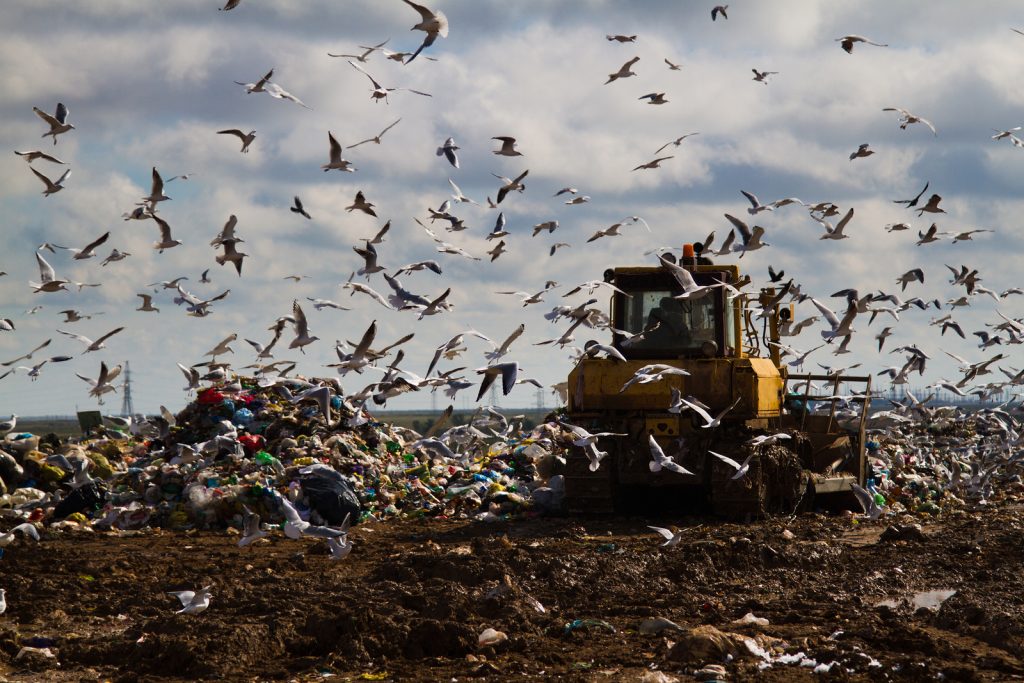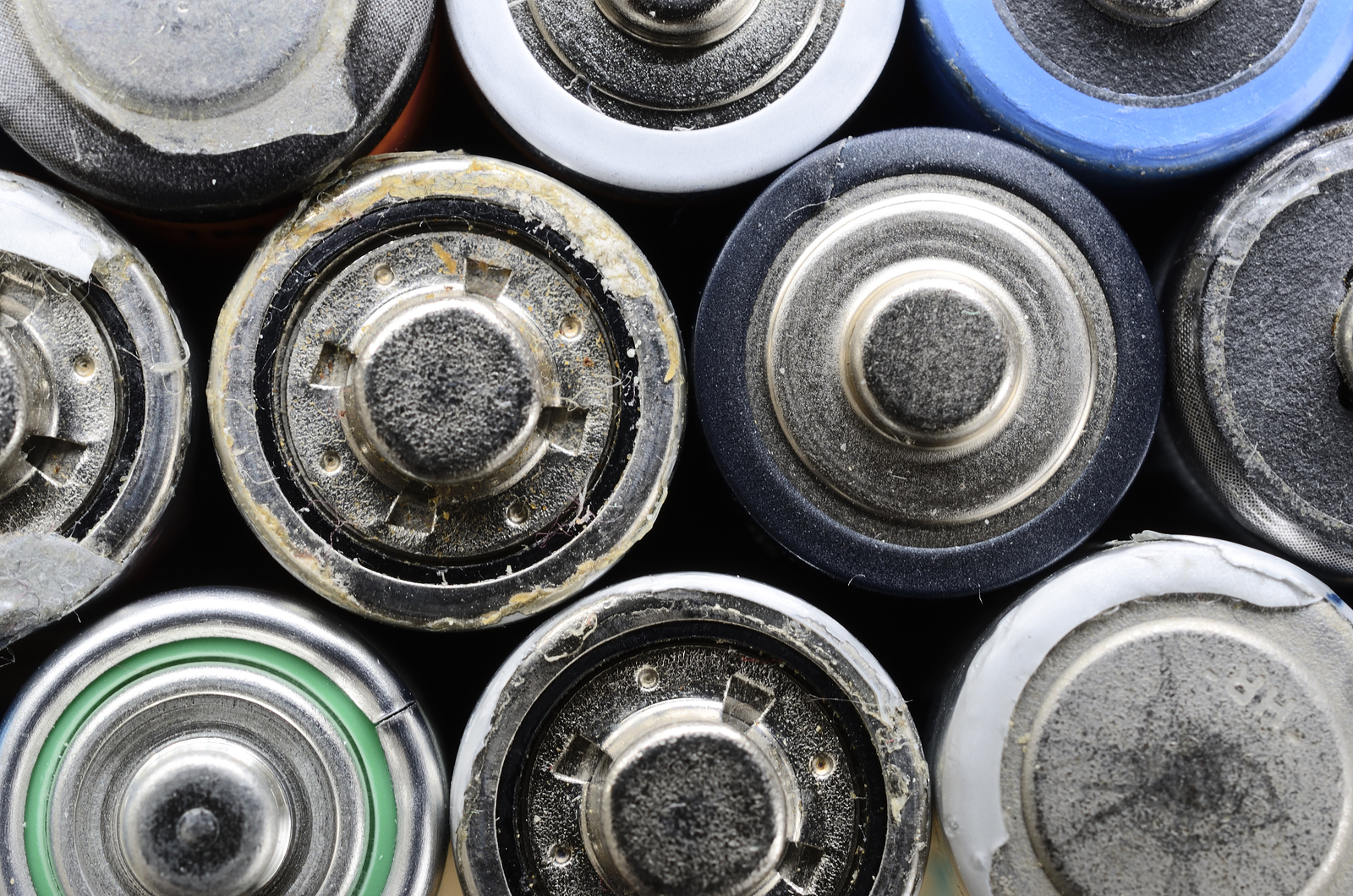The battery recycling process is coming of age, and can even be profitable if the right numbers of the right types of battery are collected – so for once, helping the environment doesn’t have to come at a financial cost to the companies that do so.
Complex process
In order to help with this, batteries must be separated into different ‘chemistries‘, which basically means the type of chemicals contained within them – for example, lithium ion, nickel cadmium, lead acid, and nickel metal hydride.
Not all of the material in each battery is recycled, and generally anything that can be burnt off will be removed by combustion, leaving behind just the metal content and some other remaining residues.
This is all melted down and naturally settles out into different layers according to its density – the non-metal content forms a layer at the surface which can be skimmed off, while the different metal alloys settle out like oil on water, and can each be skimmed off to separate and purify them.
One exception to this is cadmium, which actually boils away like steam – instead of just skimming it from the surface of the vat, this ‘steam’ is collected and condensed back into liquid or solid form, with almost 100% purity.
Lead acid batteries are among the easiest to recycle, as the lead can be purified quite easily without needing large amounts of energy. Apart from that, battery recycling is quite energy intensive, but has other benefits for the environment.
For instance, metals must be mined – and while mining them may be less energy intensive than purifying them from used batteries, it has a physical impact on the landscape, not to mention the fact that metal and ore deposits are a finite resource.
Landfill losses

At the other end of the lifecycle, there is the risk of batteries ending up in landfill sites, and while small quantities of some kinds of battery won’t pose a significant risk, it’s generally a good idea to keep harmful chemicals, acids and other forms of hazardous waste out of the landscape.
It’s also important to handle used batteries carefully, especially if they have leaked – avoid contact with the chemicals inside them, especially with your eyes but also with any part of your skin.
Work is ongoing to improve battery recycling, to make sure that it offers economic benefits in the long run, and not just environmental protection advantages; this is true not just in the UK, but throughout Europe and in other major economies like the US where profitable battery recycling would be welcomed.
In Europe, there is a long-term goal to reduce the cost per tonne of recycling batteries, partly by recycling on a more local basis to reduce the associated transport costs. Restrictions on exporting used batteries are helping to make sure they don’t clock up the ‘carbon miles’ too.
Different chemistries offer different returns – low cadmium prices mean nickel cadmium batteries are currently among the least profitable to process – but over time greater awareness of the importance of metal recycling, and of avoiding using newly mined materials wherever possible, should boost the returns to ensure battery recycling becomes the go-to option for future generations.
